A Look at Masterful Voice
I love talking about voice in fiction. I veer off from other “experts” in definition about voice. I believe that…
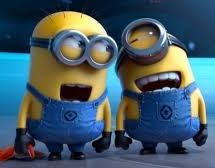
I love talking about voice in fiction. I veer off from other “experts” in definition about voice. I believe that…
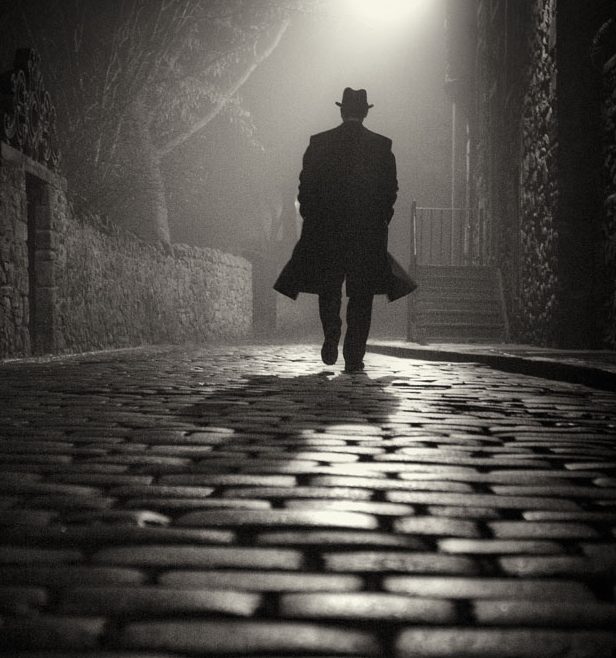
Narrative scenes are ones in which the story is being told, not shown. Last week we looked at a passage…
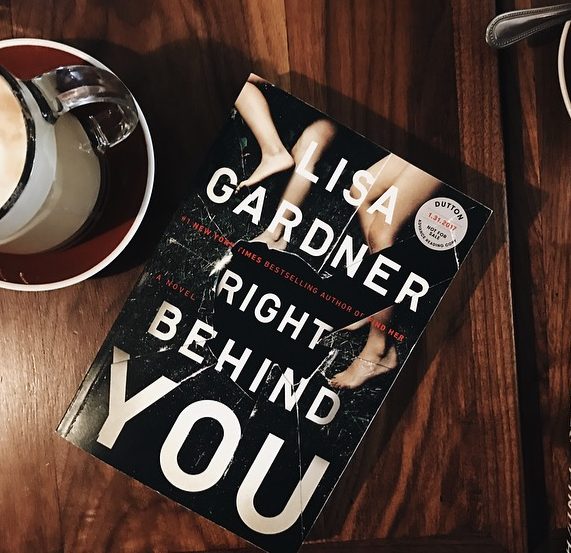
Show, don’t tell. Yeah, we know that’s the rule. But there are times when scenes can be masterfully told by the…

Masterful setting description teaches us an important lesson: writers need to take the time to paint enough of a sensory-rich…

Setting description in most novels is the weakest element. As with character description, many writers don’t want to bother describing…
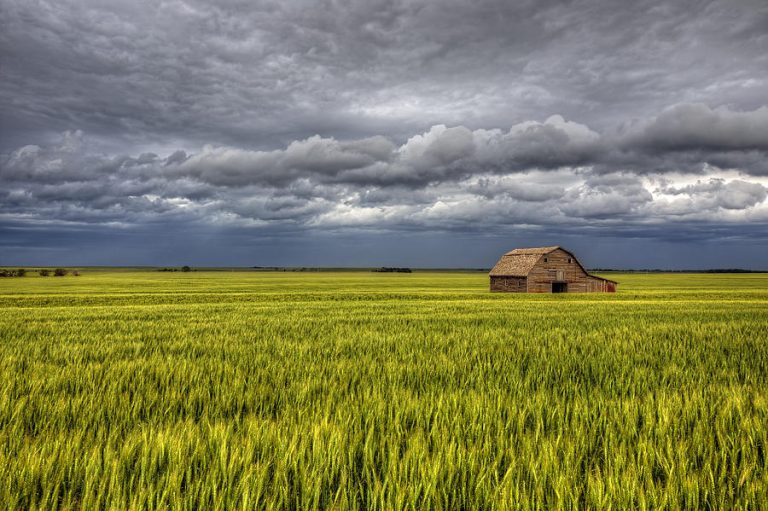
Masterful writing must seep into every corner of a novel. We looked briefly at the description of characters in the…

Last week we looked at some of the creative usages of nouns, verbs, and adjectives by my favorite author Patricia…
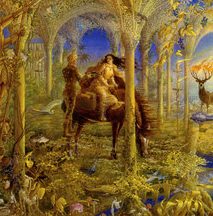
One of the adages I learned from my whacky high school English teacher was this: use strong nouns and verbs….

We’ve been looking at masterful character description over these last weeks, and I hope you notice one thing in particular:…

Subscribe to my email blasts to level up your writing and be notified of upcoming events and offers!
No products in the cart.